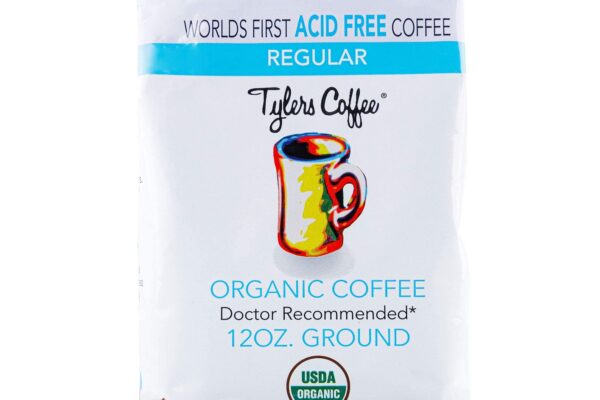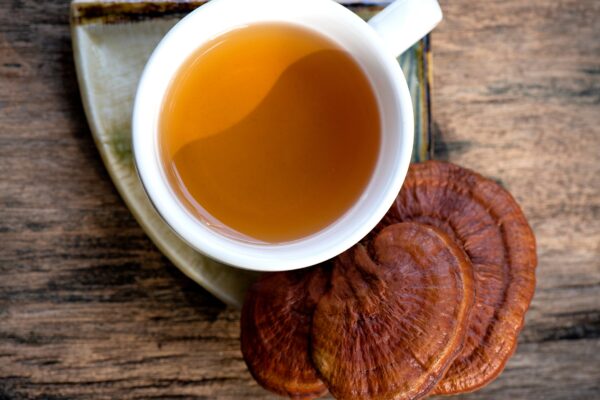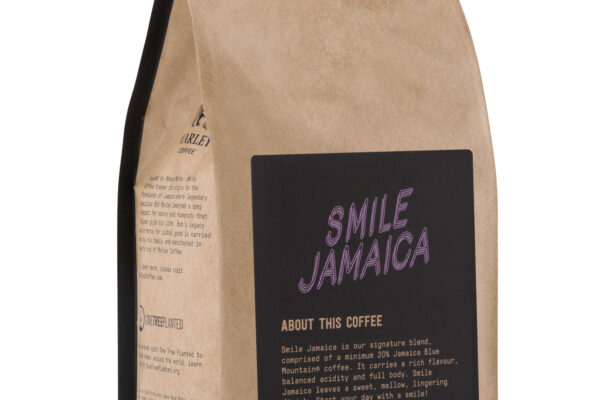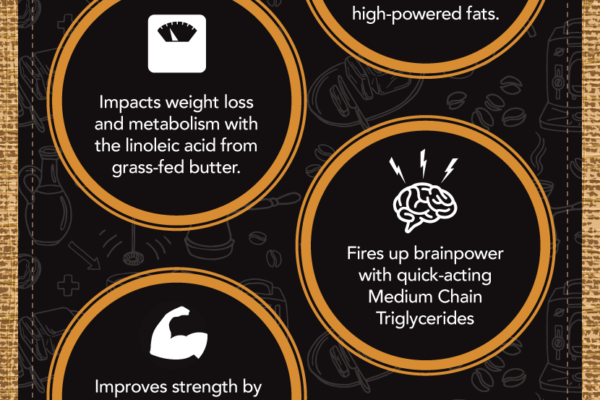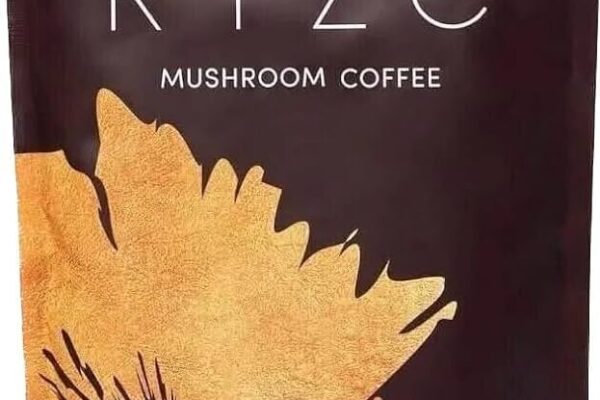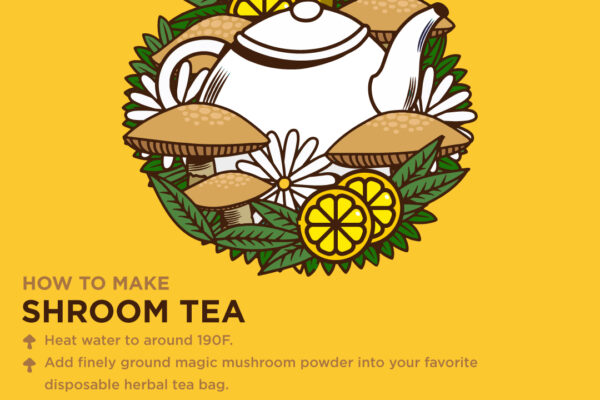Blog
Is Coffee Liqueur Halal?
At its core, Halal status of food or drinks depends upon their alcohol content. If any alcohol remains but has completely blended in with what it’s mixed with and vanishes from taste, colour or odour in terms of taste, colour or odour then that would be acceptable; otherwise if any essence remains, even at low concentration levels; such as in emulsifiers or natural flavorings that could contain animal products slaughtered non-Islamically such as beef slaughtered without Islamic ritual or pork products making it haram and non-Islamic.
Foods and drinks must have clear labeling to allow consumers to be certain the products they purchase are Halal, especially beverages which often contain alcohol that could confuse Halal consumers; for instance eggnog contains rum which makes it unsuitable as an Islamic beverage. Furthermore, manufacturers frequently combine alcohol and non-alcoholic ingredients.
Halal certification is therefore of great significance, making it easier for Muslim consumers to identify suitable products. Furthermore, consumers easily recognize a Halal seal, making this certification invaluable to travelers or immigrants who cannot decipher lengthy ingredient lists written in their native tongue.
Coffee Liqueur Is Halal
As its name implies, coffee liqueur is an alcoholic drink made with either brewed or instant coffee that adds a distinct and refined touch to desserts and dishes alike. Perfect as an elegant way of adding sophistication or flair, coffee liqueur makes an elegant finishing touch in many instances.
Some individuals are concerned that coffee liqueur may contain alcohol or ingredients forbidden under Islamic dietary laws. Thankfully, however, most coffee liqueurs are completely halal as they’re produced using cocoa beans which naturally adhere to this tradition and remain kosher.
Fermenting coffee beans does produce some alcohol, yet this amount is insufficient to render coffee liqueur unlawful. Furthermore, its alcohol content can be removed through various treatments such as heating and vacuuming processes.


